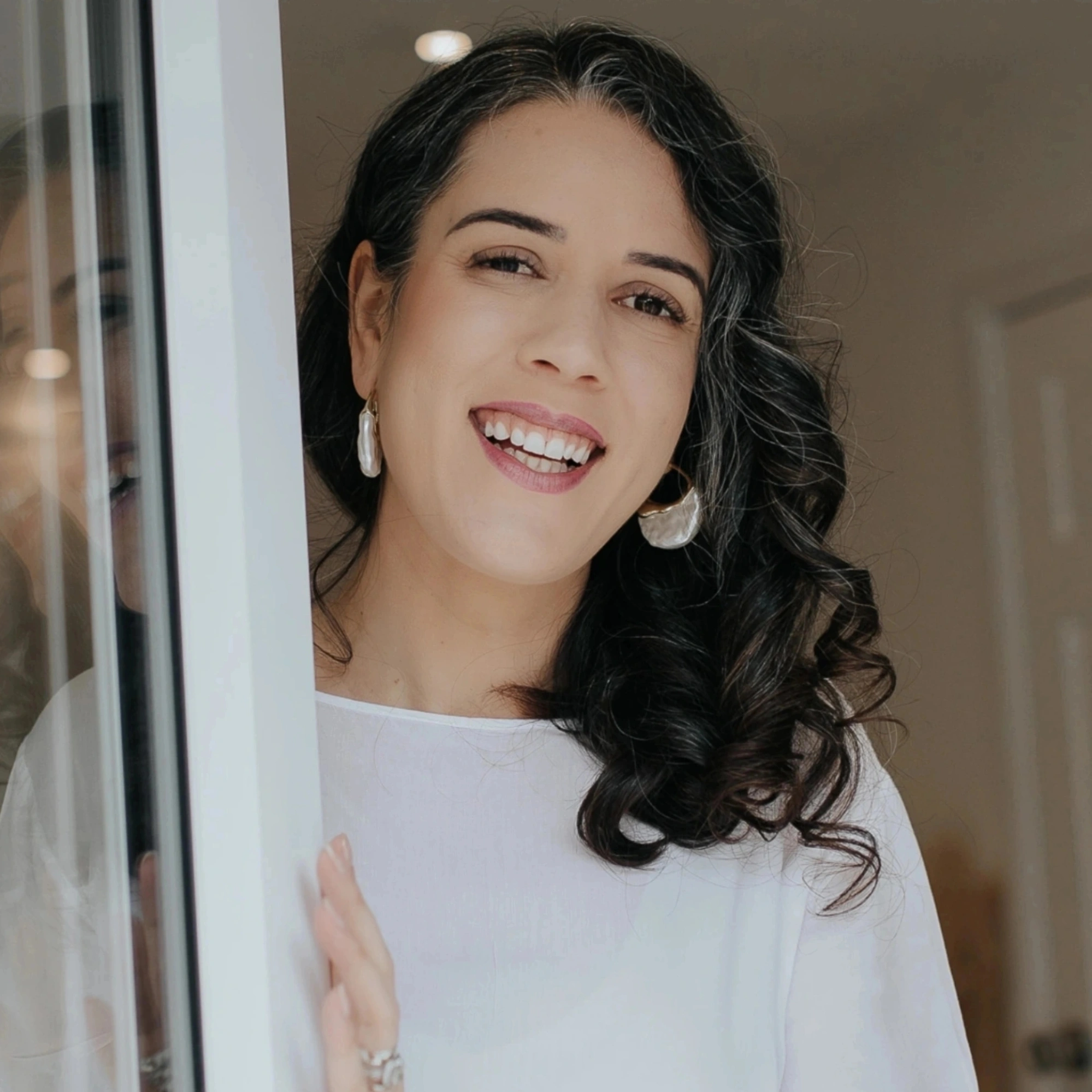Healing from the ‘Good Girl’ Syndrome: You Don’t Have to Be Nice to Be Safe
- Paula Miles
- Oct 6
- 3 min read

Healing from the ‘Good Girl’ Syndrome: You Don’t Have to Be Nice to Be Safe
She arrived at therapy smiling. Not a forced smile, exactly, polite, polished, the kind of smile that says, I’m fine. I won’t be any trouble.
We’ll call her Emma. Late thirties. High functioning. The kind of woman everyone relies on. At work, she was known for being agreeable, helpful, endlessly patient. In relationships, she avoided conflict at all costs. Her emails ended with “no worries if not,” even when she was quietly seething. She apologised for speaking up, even in therapy.
As we explored her story, Emma shared memories that painted a quiet picture: an anxious household, a mother who withdrew, a father who praised obedience.
She learned early that to be loved, she had to be pleasing: low-maintenance, predictable, good. If she expressed anger, she was punished with silence. If she asked for too much, she was met with irritation.
So she became the good girl: the one who adapted, anticipated, and stayed small to stay safe.
The Myth of Niceness as Safety
Emma’s story is one I see echoed in many women I work with in therapy for anxiety and self-worth.The “good girl” syndrome isn’t about being genuinely kind, it’s about survival. It’s a defence mechanism, forged in environments where authenticity felt dangerous.
For many women, being nice becomes armour. A way to avoid conflict, rejection, or disapproval. But that armour is heavy. Over time, it silences your true feelings, your anger, your needs. You start to feel exhausted by connection, resentful, and unsure of who you are beneath the mask of politeness.
If this feels familiar, you might find support in Paula’s eBook, The Art of Boundaries, a gentle guide to reconnecting with your needs without guilt. Explore the eBook here.
Therapy as a Space to Be Real
In our work together, Emma slowly began to let go of the smile. There were sessions where she barely spoke. Others where she cried because she said something honest, and waited for me to leave.
When I didn’t, when I stayed, something in her began to shift. She started to experiment with boundaries: saying no and not justifying it, asking for space, naming what hurt.
Each time, she expected backlash. But it didn’t come. And slowly, her nervous system began to learn that safety doesn’t depend on compliance, it can exist in authenticity too.
If you’re learning to rest, say no, or express what you really feel, you might resonate with Paula’s reflective workbook Mentally Exhausted, designed to help you understand your emotional patterns and reclaim inner balance. See more here.
The Good Girl is a Part: Not the Whole
One of the most powerful moments in therapy came when Emma said, “I’m tired of being liked by everyone but never feeling known.”
That line stayed with me, because that’s the wound at the heart of the good girl pattern. A life lived inoffensively is often a life lived invisibly.
Healing doesn’t mean becoming someone else. It means integrating. Recognising that the “good girl” part of you was trying to protect you, but you don’t have to live inside her anymore.
You can be honest without losing love. You can be firm and still be cared for. You can be visible and safe at the same time.
A Different Kind of Safety
True safety isn’t found in being agreeable. It’s found in relationships where you can be your whole self: where your anger, your boundaries, your imperfections are welcome.
Therapy provides a space for this new kind of safety. A space where you don’t have to perform, fix, or impress. Where your therapist isn’t soothed by your niceness, but curious about what lies beneath it.
Over time, clients like Emma discover a quieter kind of strength, not the strength of suppression, but the strength of selfhood. The courage to take up space, to disappoint, to risk being misunderstood.
That’s where real healing begins.
You don’t have to be nice to be safe. You just have to be you.
Recommended next read:




Comments